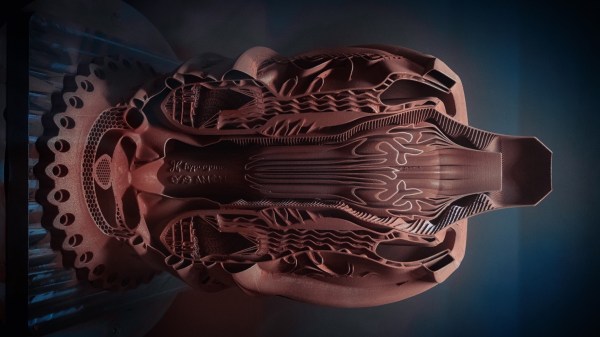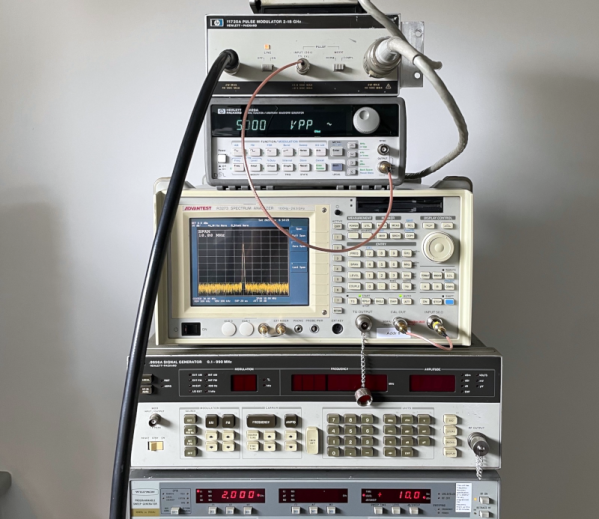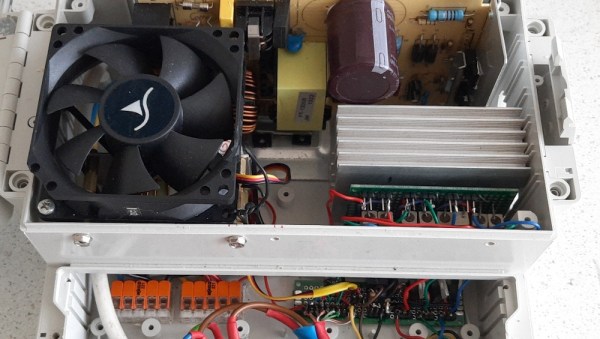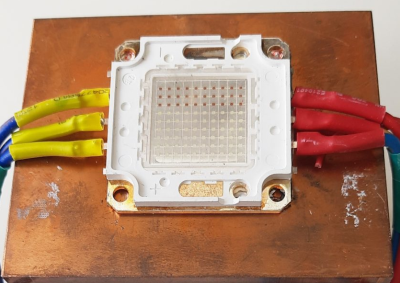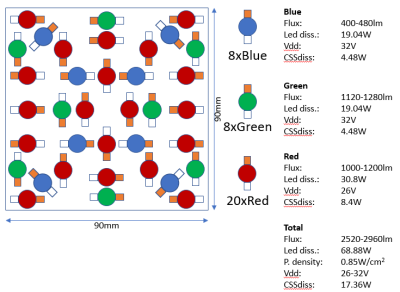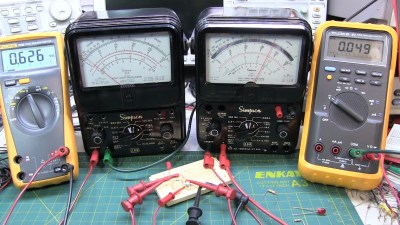Since the United Arab Emirates’ Hope (“Al-Amal”) orbiter made it safely into orbit around Mars on February 9, 2021, it’s been busy using its onboard instruments to measure everything it could about not only the planet’s atmosphere but also its surface and how both change seasonally. The first months of results of these detailed captures of Mars have now been released in the form of the full-color Mars Atlas website, and a pretty well made PDF version of the Atlas that can be downloaded from the website.
Although the Emirates Mars Mission is not the first to capture the surface or seasons of Mars — with the Mars Reconnaissance Orbiter (MRO)’s Context Camera (CTX) having gifted us the result of many thousands of captures in a massive monochrome mosaic of Mars’ surface — it’s good to remember that Hope is only just getting started. The current atlas is the result of about 3,000 captures from the Emirates eXploration Imager (EXI) multi-band camera (with better than 8 km spatial resolution), with new images in the pipeline.
Hope has transitioned from a low 1,072 km orbit to a higher, science orbit on March 29, which gives the orbiter a good view of the seasonal transitions on the Red Planet. Along with data from other current Mars orbiters, we should be able to piece together the most detailed atlas yet, even before more helicopters will zip along Mars’ surface.



